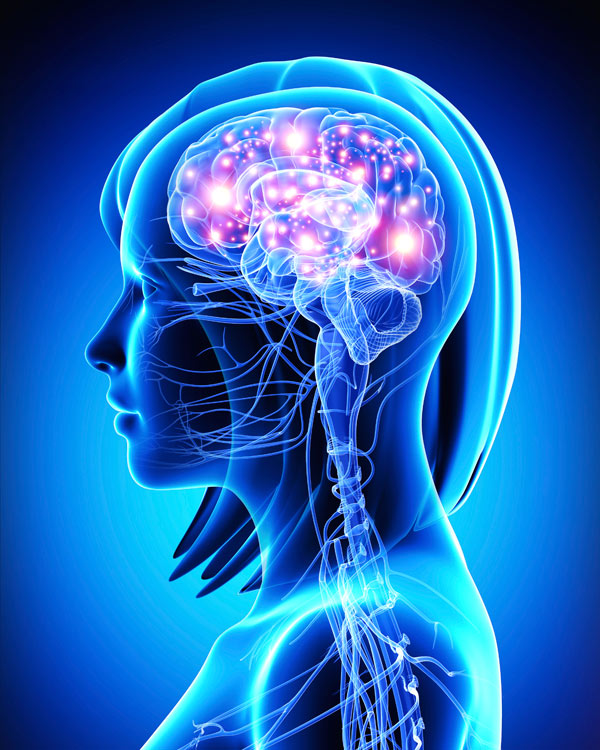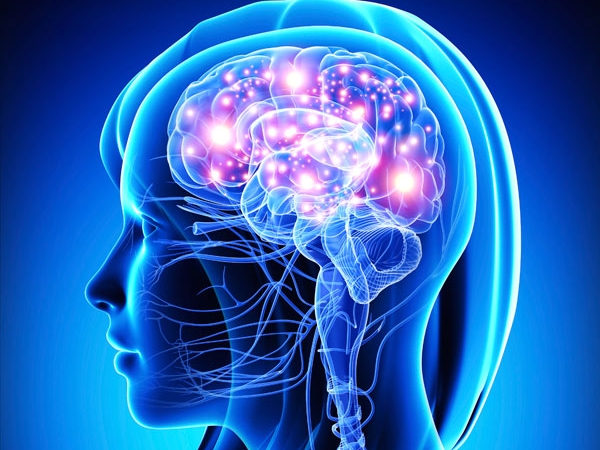Biometrics Market Research

Biometrics is an emerging research field of neuromarketing market research. This form of marketing relies on various biometric technologies and applications to help understand a participant’s cognitive and emotional responses toward certain stimuli. The stimuli can be anything ranging from TV ads to online advertisements.
Biometrics market research is growing rapidly as it provides researchers a chance to observe consumer responses toward a certain product or service without actually interfering. The results gained from the research are usually very accurate as most biometric systems aim at gauging the subconscious part of the mind, therefore producing an undiluted response.
fMRI stands for functional magnetic resonance imaging which is used to measure the activity in the brain, which is caused by changes in the blood flow.
This is a fairly new form of biometric market research and is receiving much attention. This technique of brain scanning helps to understand how stimuli are analyzed in the brain and which research technique works best, as well as the reasoning behind it.
However, this form of market research is fairly new and carries some methodological and sampling issues. Contact SIS International Research for more information.
EEG is an acronym for Electroencephalogram.
This device is used to measure changes in brain wave activities. It is readily available and provides accurate and reliable information on how the human brain functions. EEG measures brain activity at a subconscious level, deep below the surface, where external influences like education, language and other influences can impact responses.
EEG is less costly than fMRI and requires fewer specialized facilities, equipment, and technicians to operate. The data needs to be translated by a neuroscientist into information that can be understood by researchers.
Observational Analytics involves examining participants’ reactions toward a certain stimuli.
Facial expressions, tone of voice, interaction with the product, and other factors can be analyzed by a qualified observer. Using this data, researchers are able to generate insights into better products, consumer behavior and marketing techniques.
Heart Rate Monitoring is often conducted by a machine known as an Electrocardiograph (ECG).
This device is used to measure the condition and health of the human heart. In neuromarketing, an ECG helps marketers to observe the heart’s physiological responses toward emotional stimuli.
The emotional responses toward fear, relief, and stress are all measured to give marketers a better picture of how a participant responds to a given set of variables. This allows researchers to observe the effect an advertisement has on the mind’s unconscious, consumer behavior and emotional regions.
Facial Coding is a process by which a person’s true facial expressions are read and understood.
In some circumstances, external variables can impact how people react to stimuli impacting their behaviors, emotional responses, attitudes and options toward a stimulus. Facial coding helps to decode the underlying emotion that registers on the human face, no matter how brief it is. Using facial coding effectively can help enable researchers to gauge the true reactions of consumers toward a company’s product or service.


